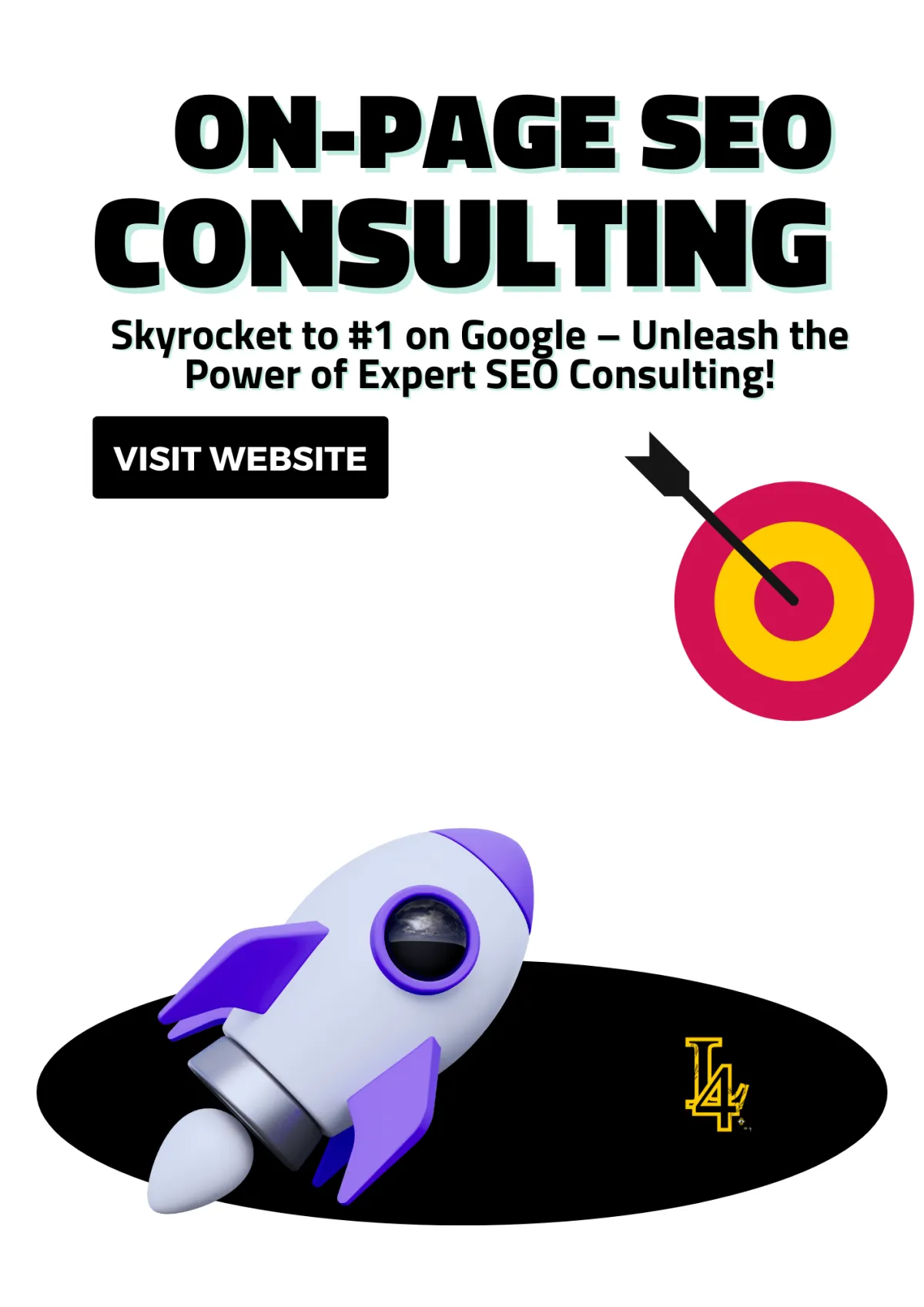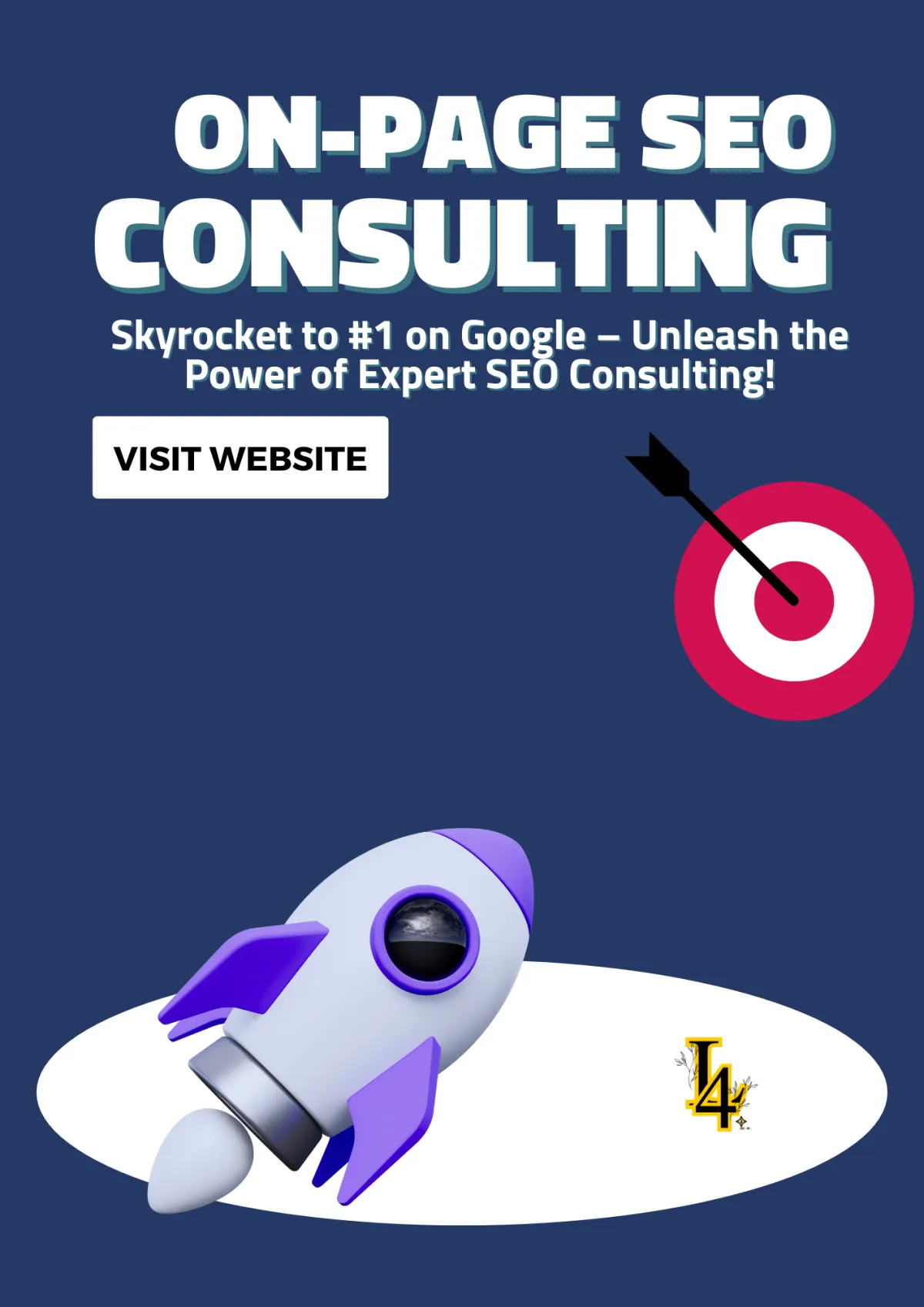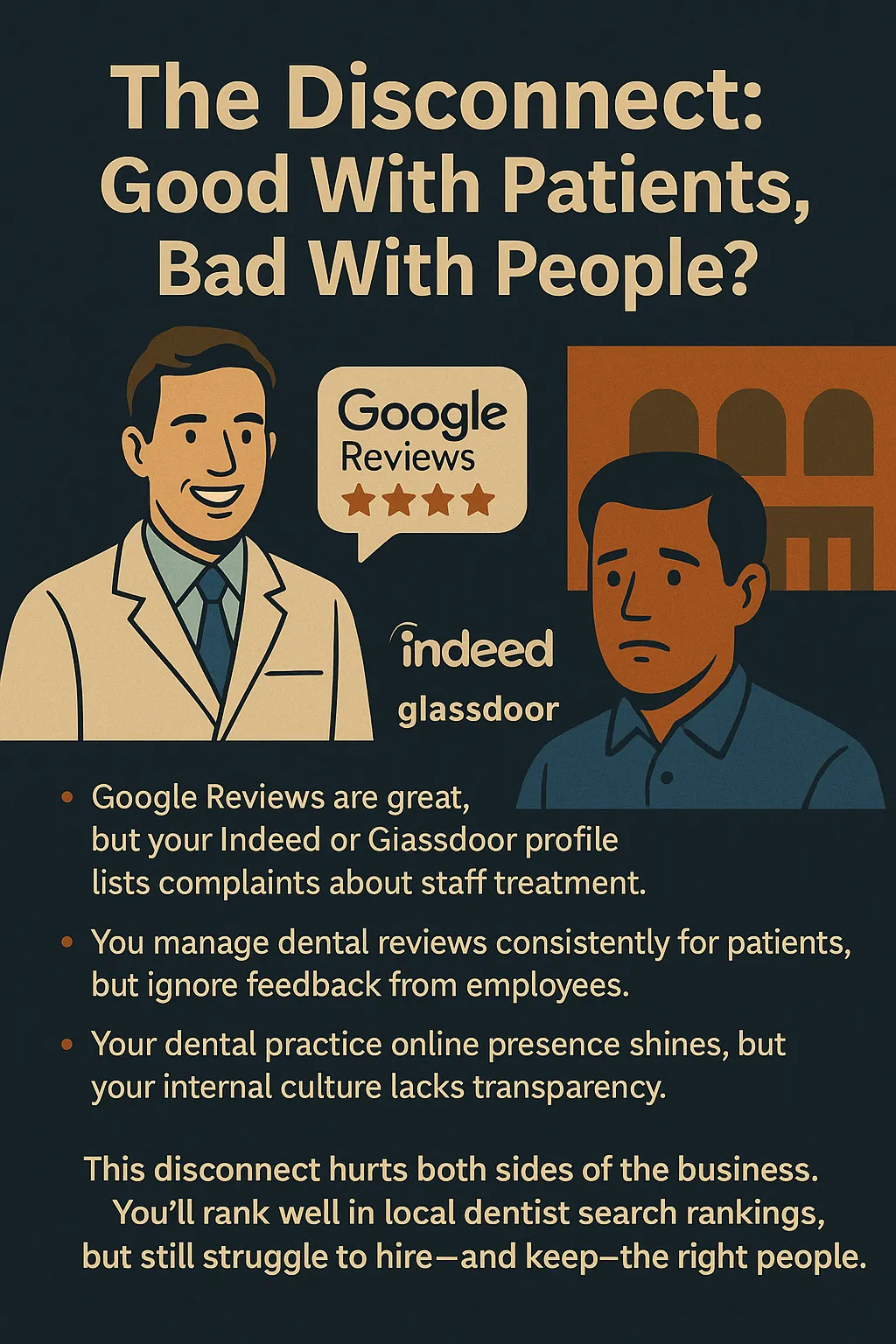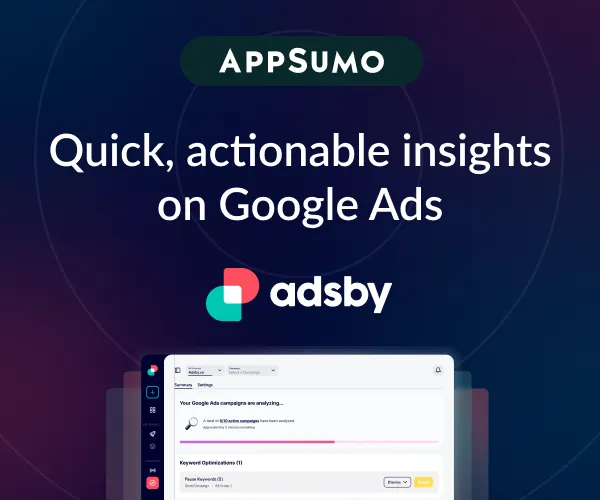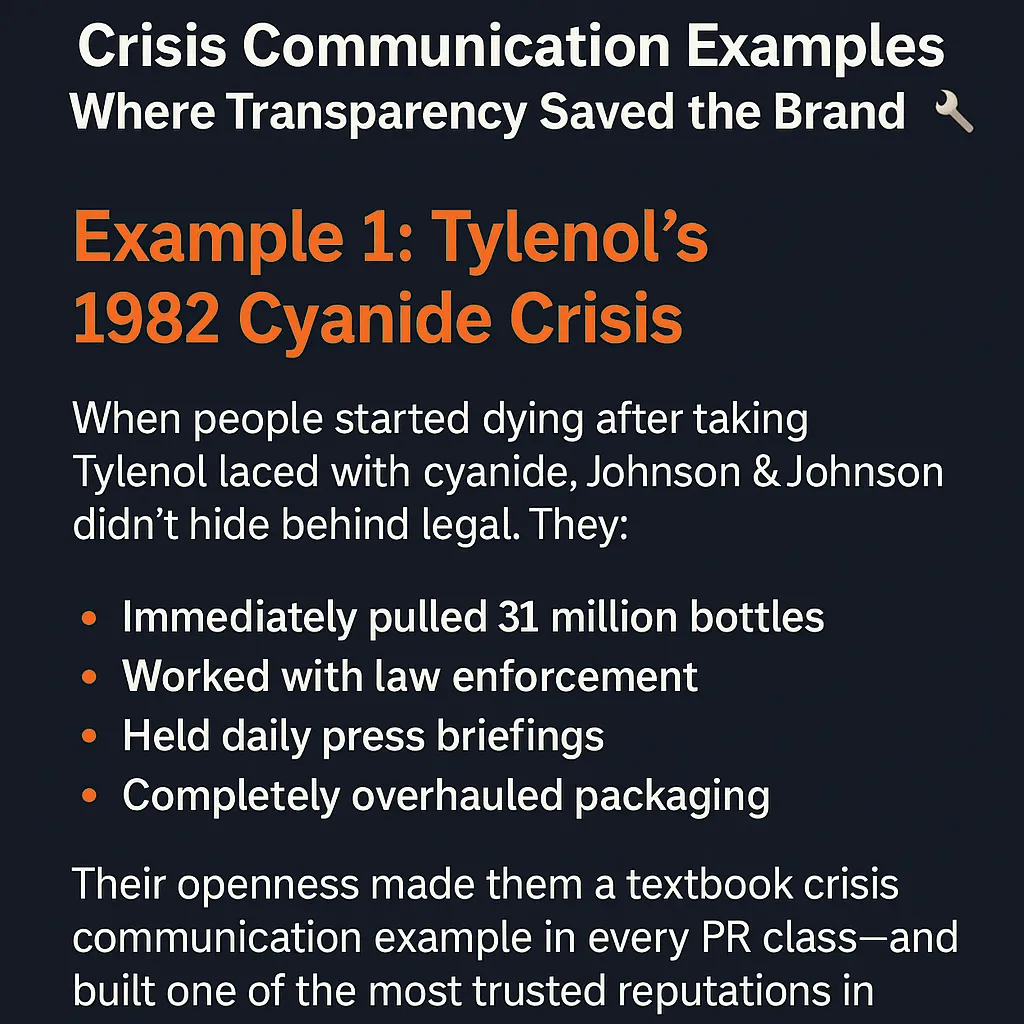
The Ultimate Guide to Internal Linking: Boost Website Traffic and User Experience
This post contains affiliate links, which means I may earn a small commission if you make a purchase through these links—at no extra cost to you. This helps support my content and allows me to continue reviewing amazing products. Thank you for your support! 😊✨
Imagine a simple, cost-effective way to boost your website's search engine ranking, keep visitors engaged longer, and increase your page views—all without spending a dime on ads. The secret? It’s something many websites overlook: internal linking. In this guide, you'll discover how strategic internal linking can transform your site’s SEO and user experience, driving more traffic and keeping viewers hooked. Ready to learn how this one technique can make all the difference? Let’s dive in!

Jump to the Good Stuff Below 👇
The Ultimate Guide to Internal Linking: Boost Website Traffic and User Experience
How to Use Internal Linking to Help Your Website Traffic
1. What Is Internal Linking, and Why Does It Matter?
2. How Does Internal Linking Build Trust with Google?
3. Create a Solid Website Structure
4. Use Descriptive and Keyword-Rich Anchor Text
6. Prioritize Linking to High-Authority Pages
8. Add Links in High-Visibility Areas
9. Use Breadcrumbs for Better Navigation
11. Regularly Audit Your Internal Links
Advanced Internal Linking Tools
Common Internal Linking Mistakes to Avoid
How to Use Internal Linking to Help Your Website Traffic
Internal linking is one of the most important strategies for boosting your website’s SEO and improving how users interact with your site. When done right, it helps your pages rank better on search engines, keeps visitors on your site longer, and makes it easier for them to navigate between different topics. In this guide, we’ll break down everything you need to know about internal linking and how it can bring more traffic to your website.
1. What Is Internal Linking, and Why Does It Matter?
Internal links are links within your website that connect one page to another. These links serve several purposes that are essential for both SEO and user experience:
SEO Benefits: Internal links help search engines, like Google, understand the structure of your website. They act as a roadmap, guiding search engines to important pages and helping distribute page authority (also known as "link equity"). This means your key pages can rank higher in search results.
User Experience: Internal links help users find more of your content easily, keeping them on your site longer and reducing the likelihood that they’ll leave quickly (bounce rate). The more pages they visit, the better their experience.
Increased Page Views: With internal linking, you encourage users to explore more content, increasing page views and engagement on your site.
2. How Does Internal Linking Build Trust with Google?
Google rewards websites that are well-structured and user-friendly. Internal links play a huge role in building that trust. When Google sees that your internal links connect relevant content, it understands that your website is well-organized and easy to navigate. This boosts your credibility in Google’s eyes, making it more likely to rank your pages higher in search results. It’s like telling Google, "Hey, these pages are important—please show them to more people."
Additionally, internal linking helps pass authority from one page to another. Pages with high authority (for example, pages with lots of Backlinks can share some of that authority with other pages through internal links. This helps boost the SEO of other parts of your website.
3. Create a Solid Website Structure
To make internal linking effective, your website needs a clear and logical structure. Think of your website as a pyramid. At the top is your homepage, and under that are your main category pages. Below the categories, you’ll have subcategories, followed by individual content pages. This structure makes it easy for both users and search engines to navigate your site.
For example:
Homepage
Category 1: SEO Tips
Subcategory 1.1: On-Page SEO
Subcategory 1.2: Off-Page SEO
Category 2: Content Marketing
Subcategory 2.1: Blogging Tips
Subcategory 2.2: Social Media Strategies
This hierarchy should be reflected in your internal links. Your homepage will naturally link to your categories, categories will link to subcategories, and so on.
4. Use Descriptive and Keyword-Rich Anchor Text
The clickable text in a hyperlink is called anchor text. When creating internal links, make sure the anchor text is descriptive and relevant. This helps both users and search engines understand what the linked page is about.
Instead of using generic phrases like "click here," use keyword-rich anchor text that clearly describes the linked page. For example, instead of “Click here for SEO tips,” use “Check out our guide on effective SEO strategies.”
5. Link to Relevant Content
Your internal links should always make sense in context. Link to pages that are related to the content the user is currently viewing. This helps create a logical flow between topics and keeps visitors on your site longer.
For instance, if you’re writing a blog post about “Best On-Page SEO Practices,” you could link to related articles like “How to Do Keyword Research” or “How to Optimize Meta Tags.”
6. Prioritize Linking to High-Authority Pages
Not all pages on your website have the same level of authority. High-authority pages are those that attract the most traffic, have a lot of backlinks, or consistently rank well in search engines. When you link to these pages, you pass on some of that authority to the linked pages, boosting their SEO as well.
Use tools like Google Analytics or Ahrefs to identify your top-performing pages. Once you know which pages have the most authority, link to them from other relevant pages.
7. Don’t Overdo It with Links
While internal linking is important, too many links on a single page can overwhelm users and make the page look spammy. A good rule of thumb is to include around 2-5 internal links for every 1,000 words of content. Make sure each link is relevant and adds value to the reader.
8. Add Links in High-Visibility Areas
When placing internal links, focus on areas where users are most likely to see them. The body of your content is the best place to include internal links since that’s where users will spend most of their time. You can also include internal links in your introduction, conclusion, and sidebars. Just avoid stuffing too many links in the footer, where they’re less likely to be seen.
9. Use Breadcrumbs for Better Navigation
Breadcrumbs are a type of secondary navigation that shows users where they are on your site and how they got there. They make it easy for users to go back to previous pages and give search engines a clear understanding of your site’s structure.
For example, on an eCommerce site, breadcrumbs might look like this:
Home > Clothing > Men’s > Jackets
Breadcrumbs help both search engines and users, making them an easy win for better SEO and user experience.
10. Leverage Contextual Links
Contextual links are those placed naturally within your content. These links are valuable because they fit into the flow of the article and provide more information that users might find helpful. For example, if you’re discussing “SEO tools,” you might link to a more detailed post on “Best Keyword Research Tools” to give your readers additional resources.
11. Regularly Audit Your Internal Links
Over time, pages on your site may get deleted, or their URLs might change. Broken internal links hurt both SEO and user experience, so it’s important to check them regularly. Tools like Screaming Frog and Ahrefs can help you quickly identify broken links and fix them.
Advanced Internal Linking Tools
Leveraging specialized tools can streamline the process of internal linking, ensuring efficiency, accuracy, and effectiveness in boosting your site's SEO performance. Here are some noteworthy tools that can simplify your internal linking strategy:
LinkStorm
LinkStorm is an innovative, AI-powered internal linking tool designed to thoroughly analyze your website's content and automatically suggest the best internal links. It helps enhance your website navigation, improves user engagement, and boosts your overall SEO performance. Its smart algorithms ensure your internal linking is relevant, precise, and beneficial for site visitors and search engines alike.
Link Whisper
Link Whisper is a user-friendly WordPress plugin that uses advanced artificial intelligence to generate internal linking suggestions as you create or edit content. It significantly simplifies the linking process, saving valuable time while strengthening your site's internal structure and SEO ranking potential.
Yoast SEO
While renowned for its comprehensive SEO optimization tools, Yoast SEO also offers practical internal linking recommendations. It helps you structure your website effectively, ensuring essential pages receive proper internal link equity. By highlighting relevant content to link internally, Yoast enhances your content’s discoverability and boosts your SEO.
Ahrefs
Ahrefs is a robust, comprehensive SEO platform featuring powerful tools for analyzing and optimizing internal linking structures. It helps you identify internal link opportunities, diagnose link issues, and strategically enhance your site’s architecture. Ahrefs’ intuitive interface and detailed analytics make it indispensable for serious SEO professionals.
Internal Link Juicer
Internal Link Juicer is a powerful WordPress plugin that automates internal linking by adding contextual links intelligently throughout your content. This tool saves time, reduces manual work, and ensures your site’s linking remains contextually relevant and SEO-friendly, ultimately helping you rank higher and improve user experience.
By integrating these internal linking tools, you’ll create a more effective linking strategy, streamline your SEO process, and ultimately drive greater Traffic and engagement on your website.
Common Internal Linking Mistakes to Avoid
Avoiding pitfalls in your internal linking strategy is crucial for maintaining SEO health and providing a seamless user experience. Here are some common mistakes:
SEO Agency for Tech Startups – Get More Traffic, Leads & Sales Fast
Overloading Pages with Internal Links: While internal links are beneficial, excessive linking can overwhelm users and dilute the value of each link. Aim for a balanced number of links that enhance navigation without causing confusion.
Using Generic Anchor Text: Anchor texts like "click here" or "read more" fail to convey the content of the linked page to both users and search engines. Utilize descriptive, keyword-rich anchor texts to provide context and improve SEO.
Neglecting Orphan Pages: Pages without internal links (orphan pages) are difficult for search engines to discover and index. Ensure all important pages are linked appropriately within your site's structure.
Broken Internal Links: Links leading to non-existent pages result in poor user experience and can negatively impact SEO. Regularly audit your site to identify and fix broken links.
Overusing Exact Match Anchor Text: While it's beneficial to include keywords in your anchor text, overuse can appear manipulative to search engines. Vary your anchor text to maintain a natural linking profile.
Common Internal Linking Mistakes to Avoid (And How to Set Your Startup Up for SEO Success!)
When I first started helping startups build their websites and online presence, I quickly realized how powerful internal linking could be. Internal links not only boost SEO but also improve user experience by guiding visitors through your content. But there’s a catch—if done incorrectly, internal linking can actually harm your SEO.
Here's how you can avoid these common internal linking mistakes and get your startup on the path to ranking success:
1. Overusing Anchor Text
While keywords are essential, stuffing too many keywords into your anchor text can appear spammy to Google and hurt your rankings. Instead, focus on natural, meaningful phrases that align with your content’s context.
Pro Tip: Aim for anchor text that blends seamlessly into your content. For more details, check out my guide on Optimizing Anchor Text for Better Rankings.
2. Linking Only to Your Homepage
Startups often make the mistake of linking excessively to their homepage. This limits the SEO potential of your other important pages, especially product or service pages.
Pro Tip: Distribute internal links evenly to your most valuable pages, like your services page or key product pages, to ensure they gain ranking strength.
3. Overlooking Deep Linking Opportunities
Many startups mistakenly neglect the importance of "deep links," which point directly to specific pages deep within their websites. These links not only help Google index your content effectively but also significantly lower bounce rates by encouraging visitors to explore further.
Pro Tip: Boost your site's engagement and topical authority by strategically creating internal links to relevant, detailed articles—for example, linking to guides like "How to Use SEO to Drive Traffic to Your Startup Website
4. Broken Internal Links
Broken links are a common pitfall. They frustrate users and negatively impact your site's SEO. Regularly checking for and fixing broken links is essential for maintaining a healthy website.
Pro Tip: Use SEO tools like Google Search Console to identify broken links and promptly fix them to maintain smooth navigation.
5. Linking Irrelevant Content
Internal links should be contextually relevant. Linking unrelated pages can confuse visitors and send misleading signals to Google, negatively affecting your page rankings.
Pro Tip: Always link pages or articles that genuinely add value to your current content, keeping your reader's journey coherent and logical.
6. Excessive Links on a Single Page
Too many internal links on a single page dilute link equity and overwhelm visitors. Google recommends keeping the number of internal links manageable and meaningful.
Pro Tip: Limit internal links to around 3-5 per 500 words, and always prioritize quality over quantity.
7. Neglecting Strategic Internal Linking Structure
Many startups randomly link pages without a strategic plan. A well-structured internal linking strategy significantly boosts SEO and UX, guiding visitors naturally through your website.
Pro Tip: Consider a hierarchical structure where cornerstone content (like "How to Optimize Your Website for Faster Speed") links out to supporting pages and articles, helping Google understand content priority.
How to Get Your Startup in the Right Place with Internal Linking
Optimizing internal linking can seem daunting at first, but starting with these tips can set your startup up for SEO success:
Create Pillar Pages: Build comprehensive, authoritative pages on your main topics, then link to related blog posts and subpages.
Use Keyword Mapping: Assign target keywords to specific pages to clarify internal link strategy.
Regularly Audit Your Links: Check your site periodically to fix broken links and improve your structure.
Monitor Results with Analytics: Track your internal linking effectiveness using Google Analytics to understand which pages gain traffic and improve your strategy accordingly.

Internal Linking in E-commerce Websites
For e-commerce platforms, internal linking plays a vital role in guiding customers through the purchasing journey and enhancing SEO. Consider the following strategies:
Category to Product Links: Ensure that category pages link to relevant product pages, facilitating easy navigation for users and distributing link equity effectively.
Related Products Section: Incorporate sections like "Related Products" or "Customers Also Bought" on product pages to encourage exploration and increase the likelihood of additional purchases.
Breadcrumb Navigation: Implement breadcrumbs to display the user's location within the site hierarchy, improving navigation and aiding search engine understanding of your site's structure.
Internal Search Results: Optimize internal search functionality and ensure that search result pages include internal links to relevant products and categories.
User-Generated Content Links: Encourage reviews and user-generated Content that naturally include links to other products or categories, enhancing internal linking and user engagement.
Conclusion: Unlock the Power of Internal Linking
Internal linking is a simple yet highly effective strategy that can significantly improve your website’s SEO, user experience, and overall performance. By carefully structuring your site, using keyword-rich anchor text, linking to relevant and high-authority content, and avoiding common mistakes, you can create a seamless navigation experience for both users and search engines.
Whether you run a blog, an e-commerce site, or a corporate website, a well-thought-out internal linking strategy can drive more traffic, keep visitors engaged longer, and help your site rank higher on search engines. With tools and techniques at your disposal, you can start implementing internal linking best practices today and see measurable results in your site’s performance.
Take the time to audit your current links, optimize your website structure, and continually refine your strategy to stay ahead in the competitive digital landscape. Remember, every link you create is an opportunity to guide your audience, build trust with search engines, and achieve your website’s goals. Start leveraging internal linking today and watch your website thrive!
More Articles
Turn Clicks to Cash: Build a Web Template That’s Straight Heat
Master the Art of Web Page Outlines: Your Blueprint for a High-Performing Website
Essential Types of Webpages for Every Website (With Examples)
11 Benefits of Using SEO Software for Online Business Growth
B2B SEO Agency: Dominate Search, Outrank Competitors, and Drive More Leads
Unlock Business Growth with Powerful Search Engine Services
5 Meta Description Tips for Beginners: Write Like a Pro!
Get More Customers with GMB Optimization – Rank #1 in Your Area!
Online Reputation Specialist Shares Secrets to Boosting Trust & SEO Rankings






